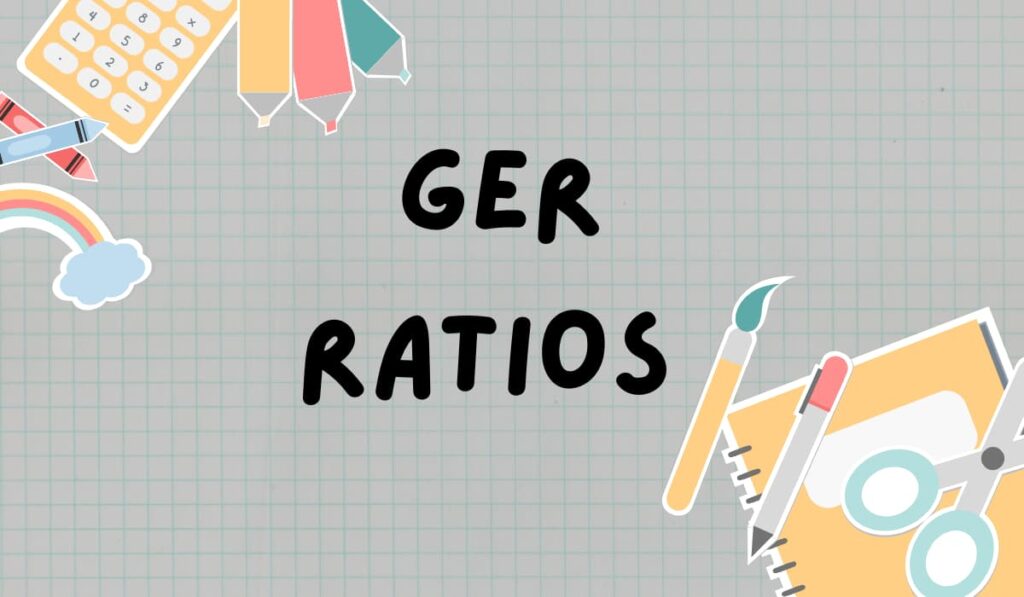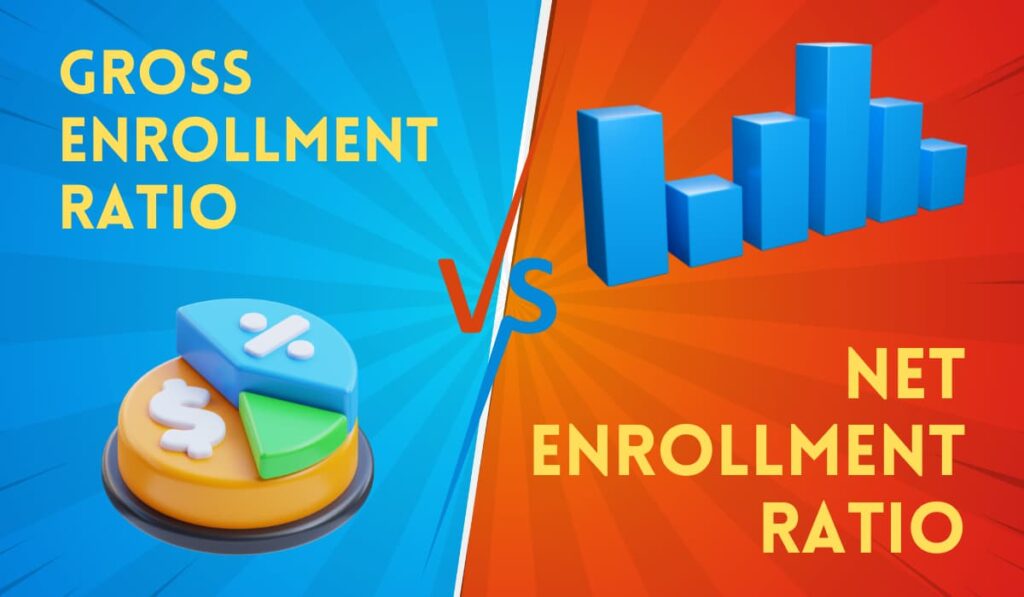Gross enrolment refers to the total number of students enrolled in a specific educational level regardless of age. Net enrolment, on the other hand, is the percentage of children of a certain age group who are enrolled in a particular level of education.
Education is crucial for providing individuals with the necessary skills and knowledge to succeed in life. Gross and net enrolment are both important measures to evaluate the effectiveness of education policies.
The difference between the two measures can also indicate issues with retention and quality of education. Thus, understanding gross and net enrolment is crucial for policymakers to identify areas for improvement and increase educational opportunities.
Defining Gross Enrolment Ratio (GER) And Its Significance

The gross enrolment ratio (GER) is a measure of the total enrolment in a specific education level, regardless of age or other factors. GER is a significant indicator of the educational development of a country. It tells us the percentage of the population that is enrolled in a particular level of education.
Education projections are usually projections based on trends, while GER is a more accurate measure of actual enrolments. Countries with high GER typically have better educational opportunities, while those with low GER have more limited access to education.
For instance, countries like Burundi and Mozambique have low GER while India and China have high GER.
Net Enrolment Ratio (NER) And Its Implications
Net enrolment ratio (NER) measures school-aged children attending school, calculated by dividing the number of children attending primary or secondary school by the total population of school-aged children.
NER provides a more accurate picture of enrolment than gross enrolment ratio (GER), which only takes into account the number of children enrolled in a particular level of education.
In low- and middle-income countries, NER can help identify disparities in education access, particularly for girls and children in rural areas.
For instance, a higher ner for girls compared to boys would indicate progress towards gender equality. Similarly, a lower NER in rural areas compared to urban areas would highlight the need to invest in rural education infrastructure.
Differences And Similarities Between GER And NER

The main difference between GER and NER is that the former includes out-of-school children, while the latter doesn’t. Furthermore, NER adjusts for age or grade level, taking into account students who repeat grades or start school late.
When interpreting these ratios, we must account for the context and limitations of the available data. For example, a high GER doesn’t necessarily mean all children receive an education. It’s crucial to consider the quality of education, infrastructure, health, and other factors that affect enrolment.
Therefore, it’s important not to rely solely on GER and NER to assess the educational system’s overall performance. Instead, we should use them in conjunction with other indicators to gain a more complete picture.
Which One Matters More In Ensuring Education Access For All?
The gross enrolment ratio (GER) and net enrolment ratio (NER) are crucial measures for assessing access to education. The debate largely centers around which one is more important to prioritize in policy and planning.
Some countries have focused on ger, resulting in higher enrollment rates but this may not translate into improved education quality.
Conversely, a higher NER may not reflect actual enrollment rates as it only accounts for a specific age group. Combining both ratios and other indicators provides a more comprehensive approach.
For example, Latin American countries have implemented a dual emphasis strategy, improving both ger and ner. Ultimately, a balanced approach is necessary to ensure education access for all.
Frequently Asked Questions
What Is Gross Enrolment Rate (GER)?
Gross enrolment rate (GER) is the ratio of the total enrolment of students in school at various levels to the population that is eligible to attend school at the corresponding levels.
What Does Net Enrolment Rate (NER) Mean?
The net enrolment rate (NER) is the percentage of the population of official primary school age who are enrolled in primary school. It is calculated as the number of primary school-age children enrolled in primary school as a percentage of the total population of primary school-age children.
How Do You Calculate Net Enrolment Ratio (NER)?
The net enrolment ratio (NER) can be calculated by dividing the number of children of official primary school age who are enrolled in primary school by the total number of children of official primary school age in the population. It is then multiplied by 100 to get the percentage value.
Conclusion
Gross and net enrollment ratios highlight significant discrepancies in the education systems of developing nations. While the former is a useful tool for evaluating enrollment at all levels of education, the latter provides a more accurate picture of children’s access to primary schooling. However, despite the different interpretations of enrollment, both indicators are essential for policy-makers and educators to identify the gaps and address them for a more inclusive and equitable education system. Therefore, it is crucial to continue improving data collection techniques and incorporating them into education monitoring systems.


